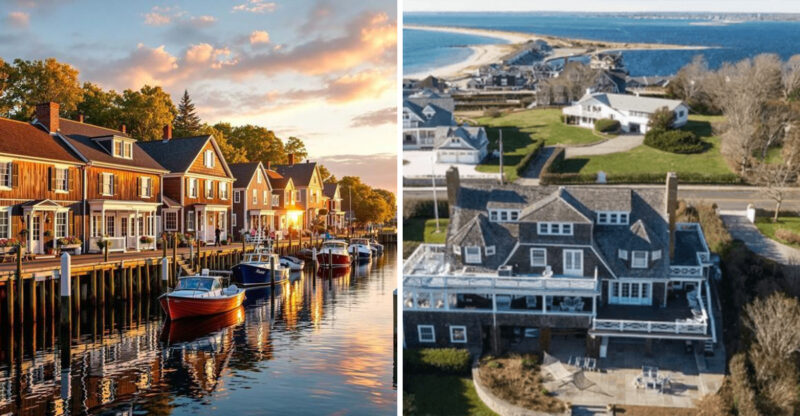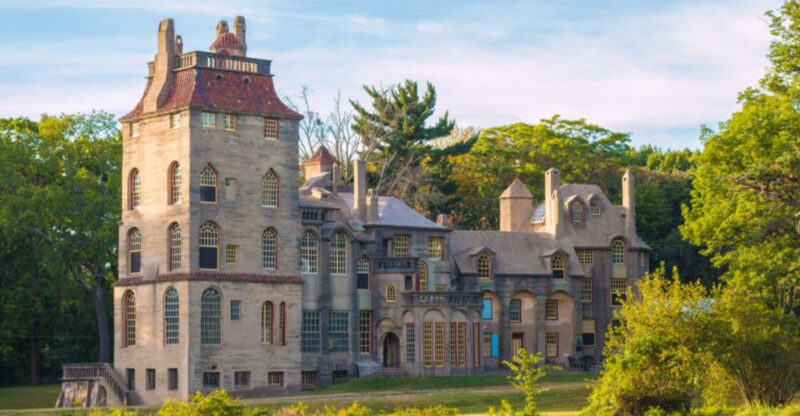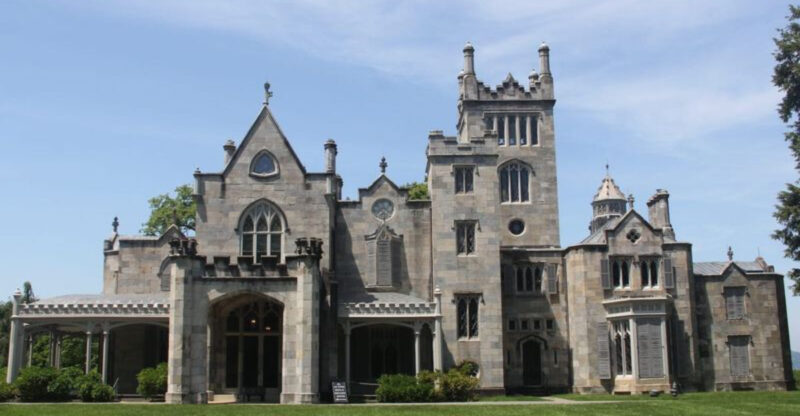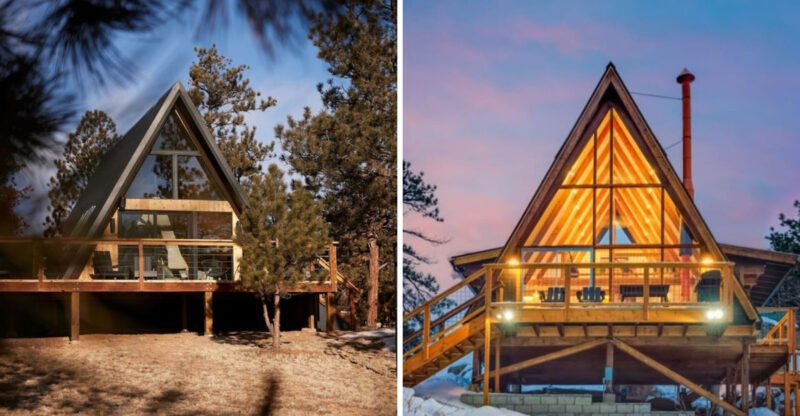17 American Home Styles That Will Be Considered Obsolete By 2030
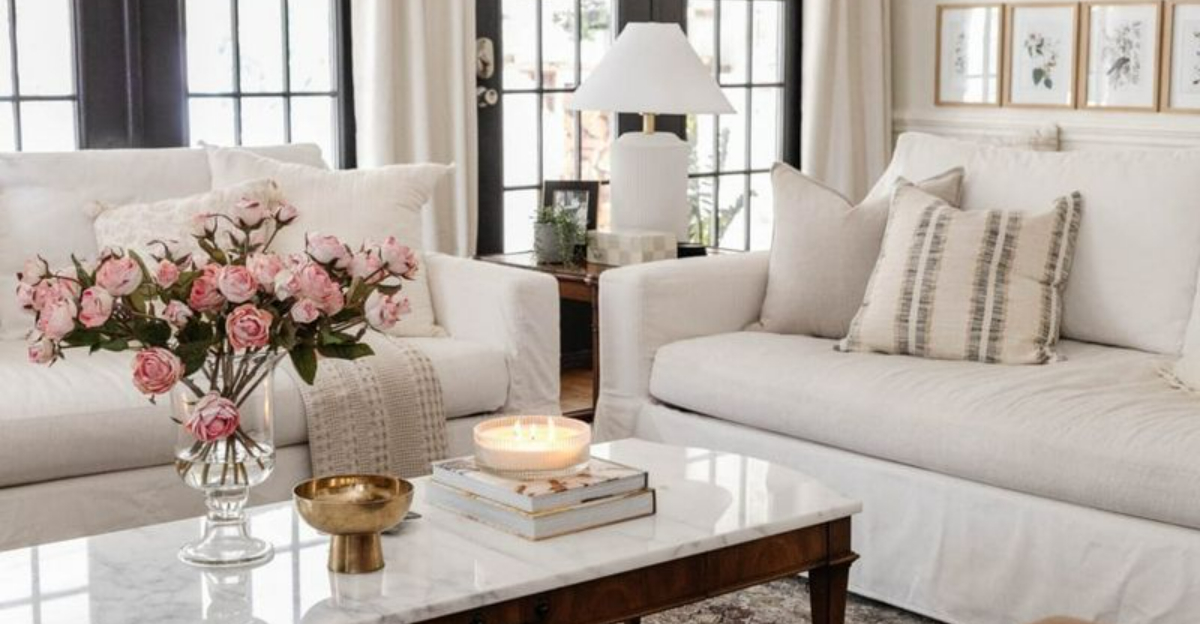
The way we think about home is evolving fast. New priorities like sustainability, smart tech, and fresh lifestyle choices are reshaping what people want and what they don’t.
Some classic American home styles that once defined neighborhoods are starting to feel outdated. If you’re curious about which designs might be on their way out, this look into the future offers a glimpse of what’s fading and what’s taking its place.
The American dream is changing, are your ideas about home keeping up?
1. McMansions With Wasted Space
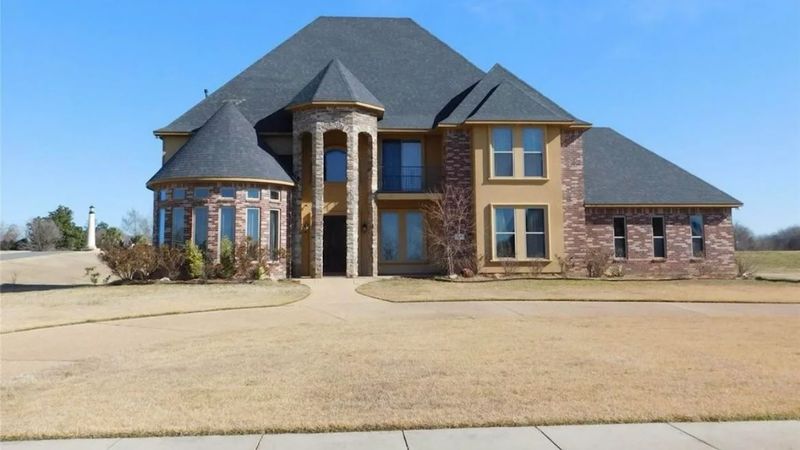
Those massive cookie-cutter luxury homes that popped up everywhere in the 1990s and 2000s are heading for extinction. Their inefficient layouts with formal dining rooms and giant foyers waste precious square footage that nobody actually uses.
Younger homebuyers prefer smarter, more functional spaces over sheer size. The combination of high maintenance costs, expensive heating and cooling bills, and excessive carbon footprints makes these oversized showpieces increasingly unappealing.
2. Closed-Off Kitchens
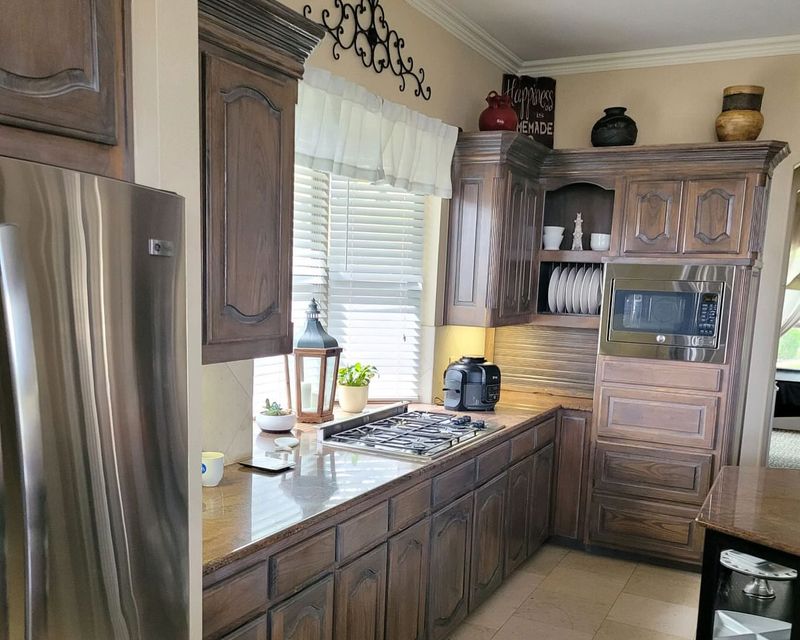
Remember when kitchens were hidden away from the rest of the house? Those days are numbered. Modern families view cooking as a social activity rather than a chore to be concealed from guests.
The pandemic accelerated this shift as more people rediscovered home cooking. With the rise of cooking shows and foodie culture, kitchens have become showcases where people want to display both their culinary skills and stylish appliances while still participating in family life and entertaining.
3. Tuscan-Inspired Interiors
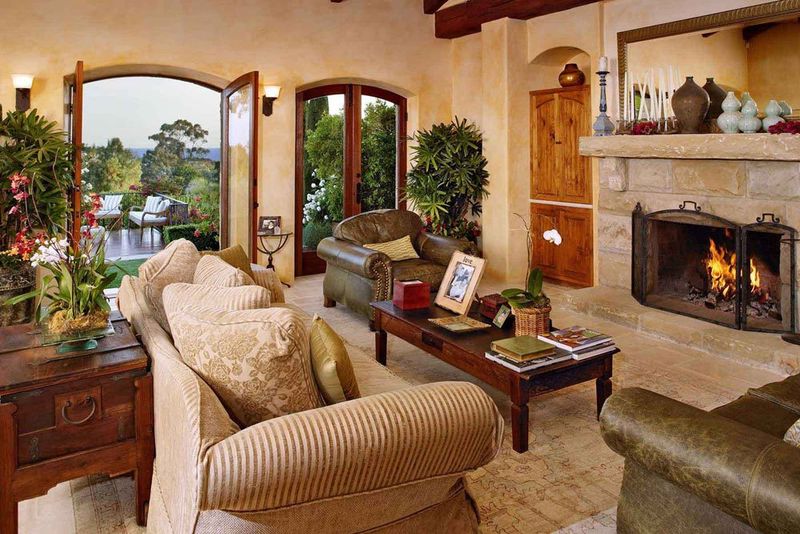
The faux-Mediterranean look that dominated early 2000s luxury homes is rapidly fading into obscurity. Those terracotta colors, heavy wrought iron fixtures, and artificial distressed finishes that once signaled wealth now appear dated and excessive.
Homeowners are increasingly drawn to cleaner, more authentic aesthetics. The ornate detailing and dark, heavy features of Tuscan-inspired designs clash with today’s preference for spaces that feel light, airy and genuine rather than themed or artificially aged.
4. Wall-to-Wall Carpeting

Wall-to-wall carpeting is rapidly losing its appeal as homeowners recognize its drawbacks. Beyond trapping allergens, stains, and odors, these carpets have become associated with outdated design sensibilities.
Health-conscious families now prefer hard surface flooring options that don’t harbor dust mites or pet dander. The maintenance headaches alone – from professional steam cleaning requirements to inevitable permanent stains – make carpeting increasingly unpopular compared to today’s beautiful, durable alternatives like engineered hardwood and luxury vinyl plank.
5. Formal Living Rooms

The formal living room – that pristine space reserved exclusively for guests that nobody actually uses – is becoming an endangered species in American homes. Families today want every square foot to serve a practical purpose rather than maintaining a showroom that sits empty 364 days a year.
Modern homeowners are converting these spaces into home offices, playrooms, or multi-purpose areas that reflect how we really live. The concept of cordoning off a beautiful room that family members aren’t supposed to use daily feels increasingly wasteful and old-fashioned.
6. Popcorn Ceilings
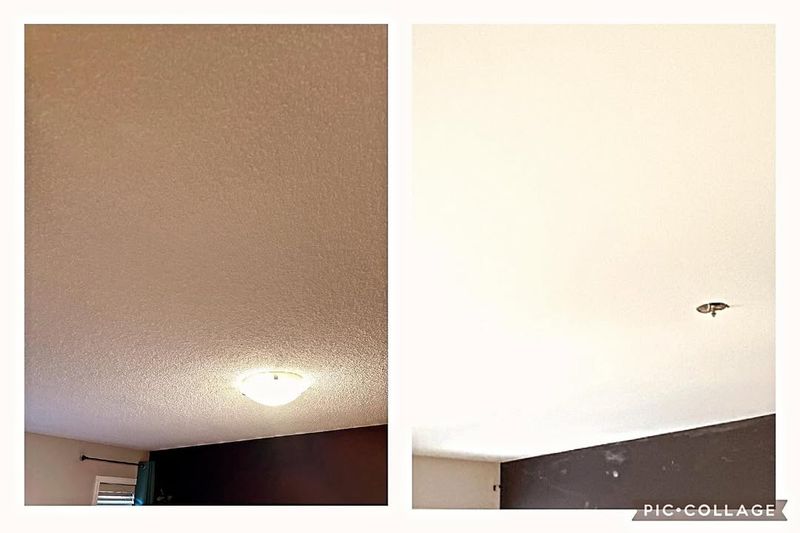
Once a popular way to hide imperfections, popcorn ceilings have fallen dramatically out of favor. Beyond their outdated appearance, many contain asbestos if installed before the 1980s, creating health concerns alongside aesthetic ones.
These textured ceilings are dust magnets that create unpleasant shadows. Modern homeowners prefer smooth, clean ceiling finishes that make spaces feel larger and more contemporary. The cottage cheese look immediately dates a home, making it one of the first features homebuyers typically plan to remove during renovations.
7. Sunken Living Rooms

Those stepped-down conversation pits popular in mid-century and 1970s homes are facing extinction due to accessibility concerns. What once seemed sophisticated now registers as a hazardous design feature, especially for aging populations and young children.
The single-step drop creates a major tripping hazard that fails modern universal design principles. As multi-generational living increases and baby boomers age in place, homes with these unnecessary level changes become increasingly problematic. Accessibility has become a priority that makes these retro features impractical despite their nostalgic appeal.
8. All-White Kitchens

The pristine all-white kitchen that dominated design magazines throughout the 2010s is showing signs of fading away. Homeowners have discovered the practical nightmare of maintaining spotless white surfaces that show every fingerprint, coffee splatter, and sauce drip.
People are embracing warmer, more personalized kitchen designs with character. The clinical feel of all-white spaces is giving way to natural wood elements, colorful cabinets, and statement backsplashes. As we spend more time in our kitchens, we want them to feel lived-in and welcoming rather than sterile showpieces.
9. Media Rooms With Built-In Entertainment Centers

Remember those massive built-in entertainment centers designed specifically for bulky tube TVs? They’re quickly becoming relics as technology evolves and viewing habits change. These permanent fixtures can’t adapt to ever-thinner displays and wireless technologies.
Families now stream content on various devices throughout the home rather than gathering in dedicated media rooms. The concept of constructing an entire room around a specific technology feels shortsighted as electronics continue evolving rapidly. Modern homes favor flexible spaces and wall-mounted displays that don’t require permanent, space-consuming cabinetry.
10. Garage-Dominant Facades
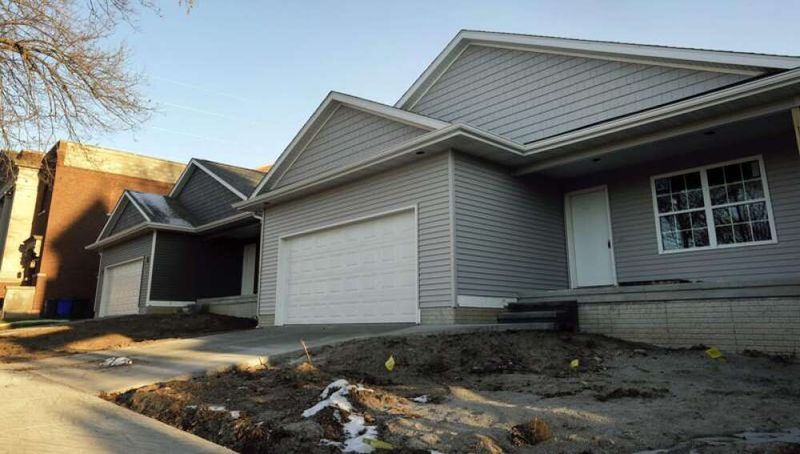
Houses where the garage is the most prominent feature of the front elevation are falling out of favor. These “snout houses” with protruding garages that dominate the streetscape create an unwelcoming impression where cars take priority over human inhabitants.
Urban planners and architects are pushing for designs that emphasize front porches, entryways, and living spaces. The shift toward walkable neighborhoods and decreased car dependency makes massive forward-facing garages feel outdated. New developments increasingly tuck garages to the side or rear to create more pedestrian-friendly, community-oriented streetscapes.
11. Jetted Whirlpool Tubs
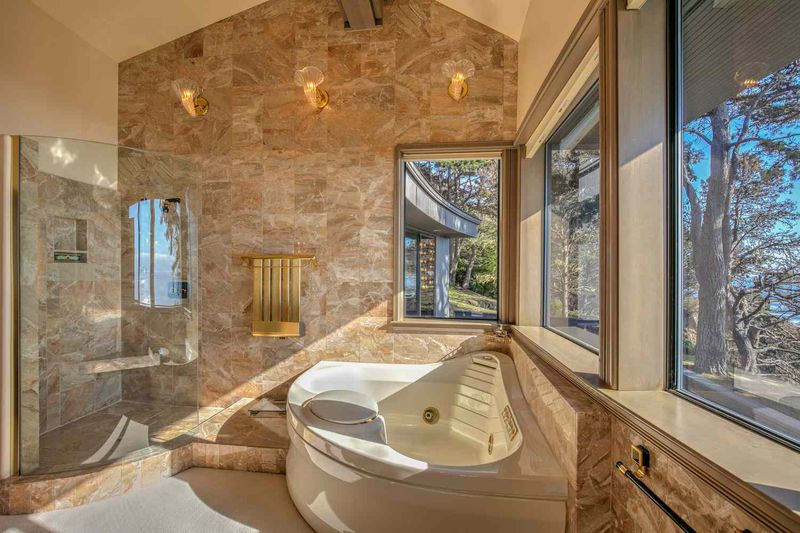
Those massive jetted tubs that were bathroom status symbols in the 1980s and 1990s are rapidly disappearing from new home designs. Homeowners have realized they rarely use these water-guzzling fixtures that take forever to fill and clean.
Modern bathroom preferences favor large walk-in showers with multiple showerheads or rainfall features. The maintenance headaches of jetted tubs – from cleaning the bacteria-prone jets to the high water heating costs – have made them seem more burdensome than luxurious. Freestanding soaking tubs now serve as bathroom focal points for those who still enjoy occasional bathing.
12. Excess of Themed Rooms

Those ultra-specific themed rooms popular in the early 2000s – like home theaters designed to look like actual movie theaters or wine cellars mimicking Italian grottos – are losing their appeal. These highly personalized spaces require substantial investment yet quickly feel dated and limit a home’s functionality.
Today’s homeowners prefer versatile spaces that can evolve with changing needs. The pandemic taught us that rooms need to serve multiple purposes as our lives change. Dedicating an entire room to a single, specific function or elaborate theme now seems impractical compared to flexible spaces that can adapt over time.
13. Honey Oak Cabinets and Trim
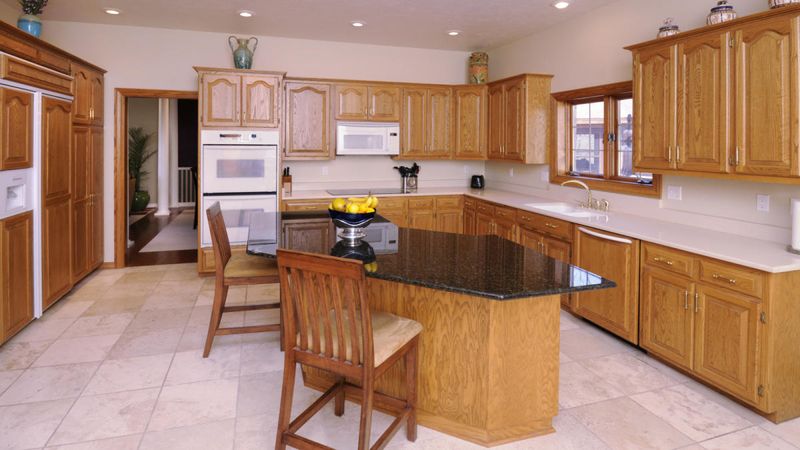
The golden-toned oak woodwork that dominated homes built in the 1980s and 1990s is quickly becoming a dated giveaway of a home’s age. This yellowish wood finish creates a heavy, warm-toned look that clashes with today’s cooler color palettes.
Modern design preferences lean toward either painted cabinets or wood with more natural, neutral undertones. The orange-yellow hue of honey oak feels distinctly tied to a specific era, much like avocado appliances immediately signal the 1970s. When house hunters spot honey oak trim and cabinets, they typically add cabinet refinishing to their renovation budget.
14. Separate Home Offices Without Technology Integration
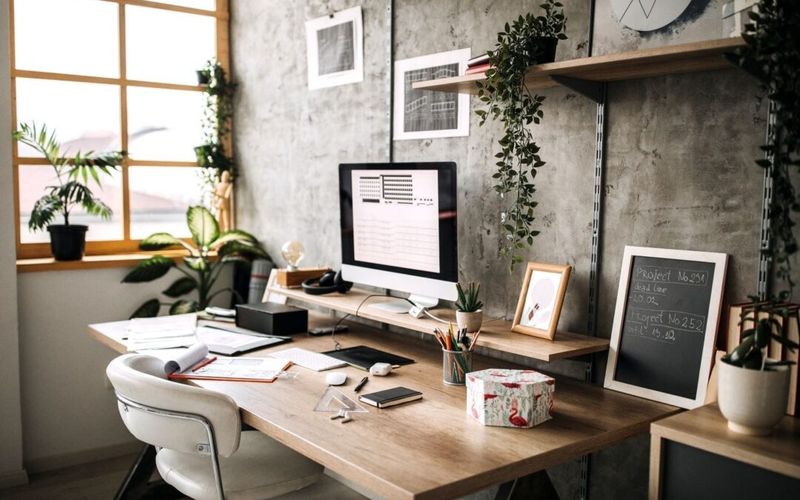
The traditional closed-off home office with a single desk and minimal technology integration is becoming obsolete as work patterns evolve. Remote work requires more sophisticated setups with proper lighting, acoustics, and flexibility for video conferencing.
Modern home workspaces need to accommodate multiple users and integrate seamlessly with smart home features. The concept of a dedicated but technologically limited office space feels increasingly outdated as work becomes more digital and collaborative. Tomorrow’s home offices will feature adjustable workstations, built-in charging, and thoughtful video call backgrounds.
15. Rigid Open Floor Plans Without Zones

The completely open concept home without any defined spaces is falling out of favor after the pandemic revealed its limitations. Families discovered the drawbacks of having no acoustic or visual separation when multiple activities happen simultaneously.
Future homes will feature more nuanced “broken plan” layouts with clever room dividers, sliding doors, and distinct zones. The ability to create privacy while maintaining connectedness has become essential. The pendulum is swinging away from cavernous, echo-prone great rooms toward more thoughtfully divided spaces that can be opened or closed as needed.
16. Lack of Outdoor Living Integration

Homes designed with minimal connection to outdoor spaces are becoming increasingly outdated as outdoor living becomes essential rather than optional. The small concrete patio or basic deck tacked onto the back of the house no longer satisfies homeowners who view the outdoors as an extension of living space.
Future-facing homes feature seamless indoor-outdoor transitions with multi-season outdoor rooms, outdoor kitchens, and thoughtful landscaping. The pandemic accelerated this shift as people sought more ways to safely gather and expand their living areas. Homes without well-designed outdoor spaces will feel increasingly limited and confined.
17. Energy-Inefficient Design Without Smart Features

Homes built without consideration for energy efficiency or smart technology integration are rapidly becoming dinosaurs in the housing market. As energy costs rise and climate concerns grow, poorly insulated houses with outdated HVAC systems represent financial liabilities rather than assets.
Modern homebuyers expect smart thermostats, efficient appliances, and thoughtful design that minimizes resource consumption. Homes without these features feel increasingly outdated and expensive to operate. The rising popularity of home energy ratings means efficiency is becoming a measurable, comparable feature that directly impacts property values.

